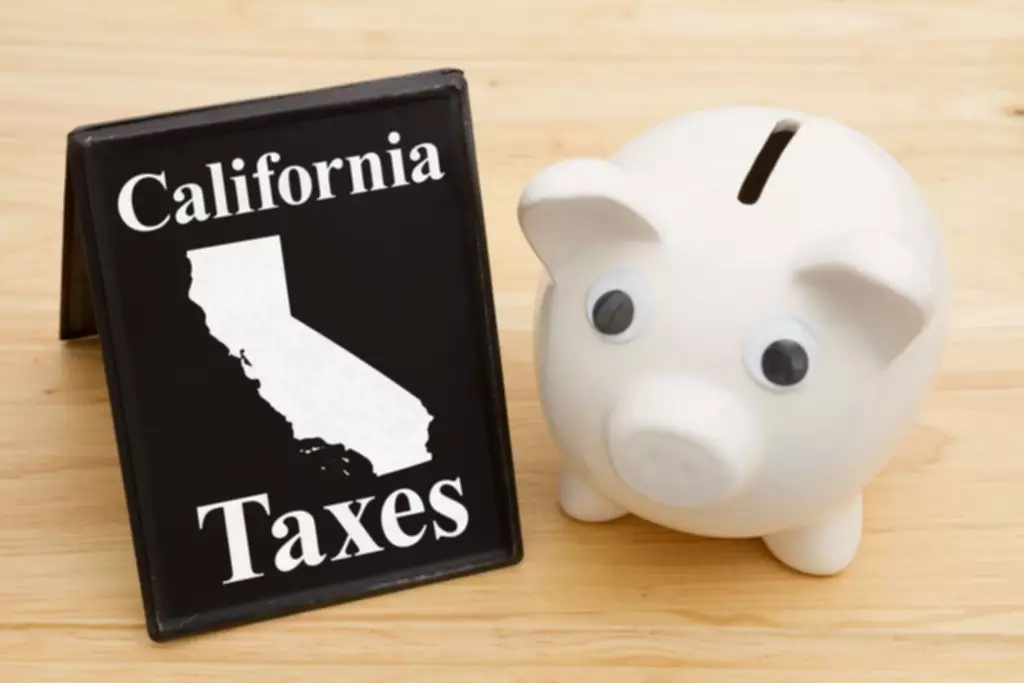Content

In this method, we use the units produced as the base price instead of estimated useful life. The cost accountants at West believe thesalvage valueof the machine is $20,000 and the machine will produce 20,000 units during its useful life. While all of these cons are significant, many manufacturers still prefer this method of accounting for depreciation because the value of an asset is directly tied to production. Teams can track an asset’s value over time to get a clearer idea of how long it should remain functional. This allows them to budget for replacements if an item is wearing out or schedule maintenance after a certain number of units is produced. This depreciation method is popular in production-oriented industries because it can fluctuate based on machine demand for that year.
- Then, annual depreciation is calculated to multiply the depreciation rate by units of production in a particular year.
- Once depreciation has been calculated, you’ll need to record the expense as a journal entry.
- This depreciation method is commonly used for tax purposes, it is a standard way to depreciate assets using a declining balance for a period of time.
- It helps a business track the profit and losses more accurately than other depreciation methods, such as MACRS.
- Units of production method or allocates cost of asset on the basis of actual use of asset and thus matching the cost and benefits in a much better way than any other depreciation method.
- However, the agency does allow companies to exclude property from MACRS if one can depreciate the asset accurately using another method.
The maximum estimated capacity of the machine is to manufacture 40,000 units. “Unit of production†means the unit entity uses to measure its production which can be liters, kilograms, miles, hours, production runs and number of units produced. Entity can measure its production or output in any unit it deems fit and is not restricted only to units obtained as a result of production activity. Straight-line depreciation is a very common, and the simplest, method of calculating depreciation expense. In straight-line depreciation, the expense amount is the same every year over the useful life of the asset.
Units of Production Depreciation Enables You to Make the Most of Your Assets
You are under no obligation to use our service to initiate contact with a lender, register for credit or any other products, or accept an agreement from any partner if you do not want to. Be sure to review our FAQs for additional information on issues such as credit and late payment implications. These disclosures are provided to you for information purposes only and should not be considered legal advice. Use of this service is subject to this site’s Terms of Use and Privacy Policy.
Why straight-line method is used?
Straight line is the most straightforward and easiest method for calculating depreciation. It is most useful when an asset’s value decreases steadily over time at around the same rate.
Multiply the number of hours of usage or units of actual production by the depreciation cost per hour or unit, which results in the total depreciation expense for the accounting period. The unit of production depreciation method applies to manufacturing assets where idle time is less and production is efficient.
Unit of production method definition
First, estimate the total number of units it will produce over its useful life. Next subtract the estimated salvage value from the cost basis of the asset, and divide the total estimated production from the depreciable cost. Then you multiply the units of actual production by the units of production rate, which gives you the total depreciation expense. Since the units of production depreciation method uses the actual production levels of an asset to record deprecation expense, depreciation expenses can vary from year to year.

Unlike straight line and double declining depreciation methods, units of production depreciation method is not based on a consistent percentage or table. Some years the asset will be used more while some years the asset will be used less. The first variable to compute is the “depreciable cost.” Depreciable cost is the original cost of the asset minus the salvage value. The next variable to compute is “depreciation per unit.” This is calculated by dividing the depreciable cost by the total units expected to be produced by the asset. The third variable to calculate is the actual “depreciation expense,” which is recorded on the income statement. The units-of-production depreciation method assigns an equal amount of depreciation to each unit of product manufactured or service rendered by an asset.
Formula to Calculate Units of
In conclusion, this method is useful when the life of an asset is calculated in terms of the output , working hours , or mileage . But, it is hard to apply this method in real-life situations because the asset does not depreciate only based on production levels. Therefore, charging depreciation only on the basis of production level will not be appropriate. Also, it is not easy to estimate the total number of units the particular asset will produce over its useful life.

SAP documentation regarding base method with base method Unit-of-production is explained in details in ‘Unit-of-Production Method of Depreciation ’. However, here you can find an asset example, where depreciation calculation is illustrated. While in the year 5 the production is at the lowest side with only 10,000 units to be produced. While the estimated salvage value at the end of its life will be $20,000. This does not require whether the asset is partially or fully used during the accounting period.
Its value indicates how much of an asset’s worth has been utilized. Depreciation enables companies to generate revenue from their assets while only charging a fraction of the cost of the asset in use each year. Depreciation expense for a given year is calculated by dividing the original cost of the equipment less its salvage value, by the expected number of units the asset should produce given its useful life.
3D printing can now manufacture customized sensors for robots, pacemakers, and more – Mirage News
3D printing can now manufacture customized sensors for robots, pacemakers, and more.
Posted: Wed, 28 Sep 2022 14:56:00 GMT
This method provided depreciation based only on usage, but in reality, an end number of factors cause a reduction in the value of an asset. For example, 1000 units were produced by the machinery https://www.bookstime.com/ in 320 days, and in the remaining days, the machinery was idle. Tim worked as a tax professional for BKD, LLP before returning to school and receiving his Ph.D. from Penn State.
Example of Unit of Production Depreciation Method
The above methods can be used for calculating depreciation expenses. But International Accounting Standards prefer to use the straight-line method. Before you begin, units of production method you will need to gather several pieces of information such as, the cost of the asset and the estimated number of units expected to produce over its useful life.
What is the unit of production method of calculating book value?
Depreciation expense equals “depreciation per unit” multiplied by the “number of units produced during the year.” Book value is calculated the same way regardless of the depreciation methodology used; that is, by subtracting accumulated depreciation from the original cost of the asset.
